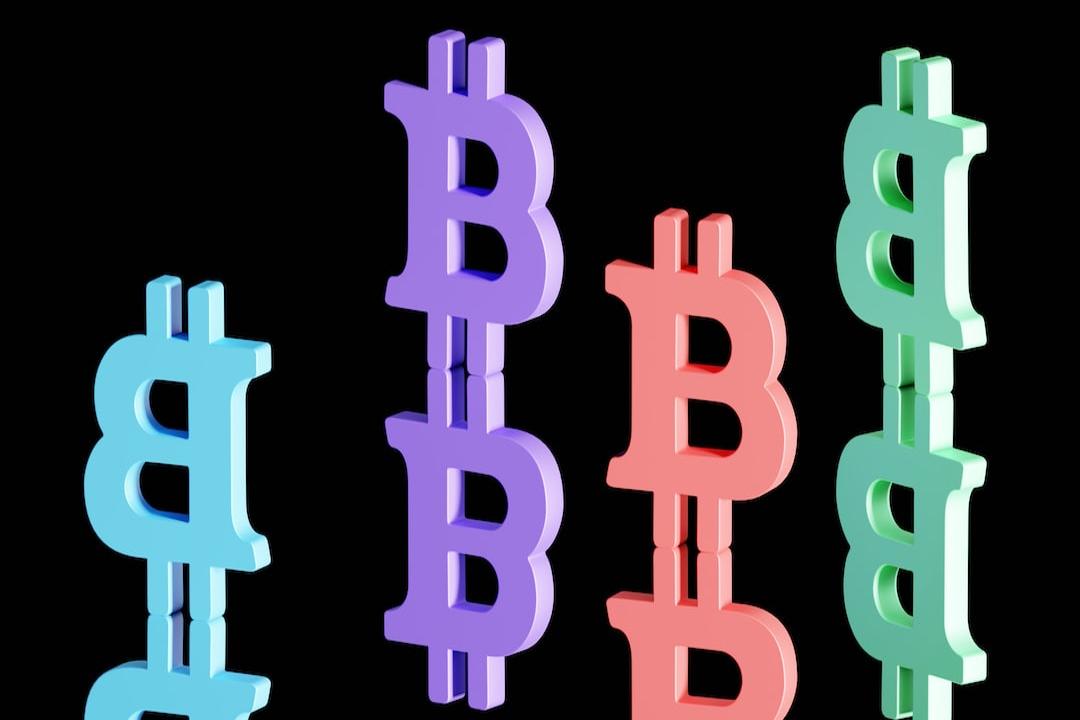In the digital age, information holds immense value. Former Gartner executive Peter Sondergaard famously compared it to oil, emphasizing its importance. However, as artificial intelligence (AI) becomes more accessible, the narrative has shifted. Now, data is seen as the new gold. The demand for data to train AI models is increasing rapidly, with global data creation and consumption expected to triple in just five years, according to Statista.
Investors are well aware of the impact of AI and are directing their funds accordingly. Crunchbase estimates that in 2023, more than a quarter of venture funding in the United States will be invested in AI-related projects, doubling the previous four-year period.
This influx of capital into AI is creating an arms race, as organizations recognize the significant challenges that need to be overcome in order to fully leverage the potential of AI. The industry is projected to surpass $200 billion by 2024 and reach $1.81 trillion by 2030.
So, why is blockchain necessary for AI? AI relies on data as its lifeblood, and the quality of the data fed into AI systems is crucial. If the data is inaccurate or unverified, it can lead to biased results. To ensure that AI is ready for real-world applications, it is essential to address issues such as bias, hallucinations, and intellectual property infringements.
Blockchain technology offers a solution to these challenges. Its inherent features, such as immutability, traceability, and transparency, make it an ideal match for AI. However, blockchain has been focused on solving its own problems, such as achieving security, scalability, and decentralization, leaving little room for collaboration with AI.
One of the main obstacles blockchain faces is scalability. Many blockchain networks struggle to handle the increasing demands of today’s data processing requirements. However, Polkadot, with its sharded multichain network, aims to overcome these limitations. Sharding, a technique widely used in computer science, divides large amounts of data into smaller segments for more efficient processing. Polkadot’s sharded multichain network allows for simultaneous transaction processing on multiple chains, improving scalability and making it an ideal infrastructure for AI-driven data processing.
But Polkadot’s benefits go beyond scalability. Its ecosystem includes multiple parachains, which are individual layer-1 blockchains that operate within the Polkadot network. For example, OriginTrail, a Polkadot parachain, is building a decentralized knowledge graph to ensure data authenticity. By incentivizing an open network of knowledge assets, OriginTrail allows anyone to contribute to and verify critical knowledge assets used for AI training and search queries.
Another example is Phala Network, a decentralized physical infrastructure network that serves as a coprocessor for Web3 AI. Phala’s technology enables AI to interact with blockchains and provides toolkits for developers to build smart contract-centric AI agents.
Lastly, Bittensor is an open-source protocol that powers a decentralized machine learning network. It incentivizes the peer-to-peer sharing and collaboration of AI models, democratizing AI and making it accessible to a wider range of users.
With its forward-looking vision and robust platform, Polkadot is poised to play a vital role in the AI revolution. It offers the scalability and bandwidth necessary to handle the exponential growth of data and information. As the AI landscape evolves, Polkadot stands at the forefront, unlocking productivity and solving real-world challenges.
Disclaimer: This is a sponsored article. Readers should do their own research before making any investments, as this article should not be considered investment advice.

